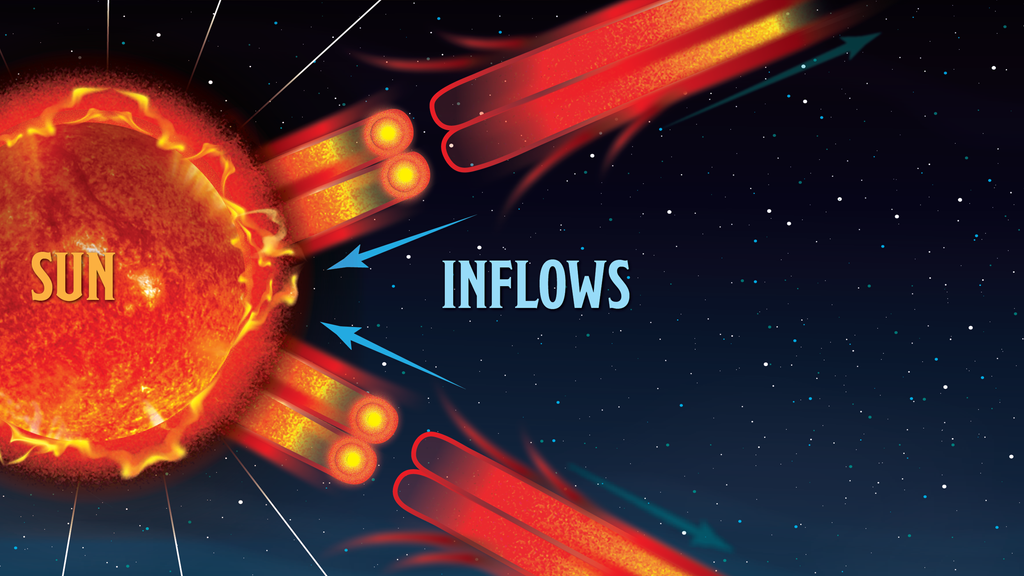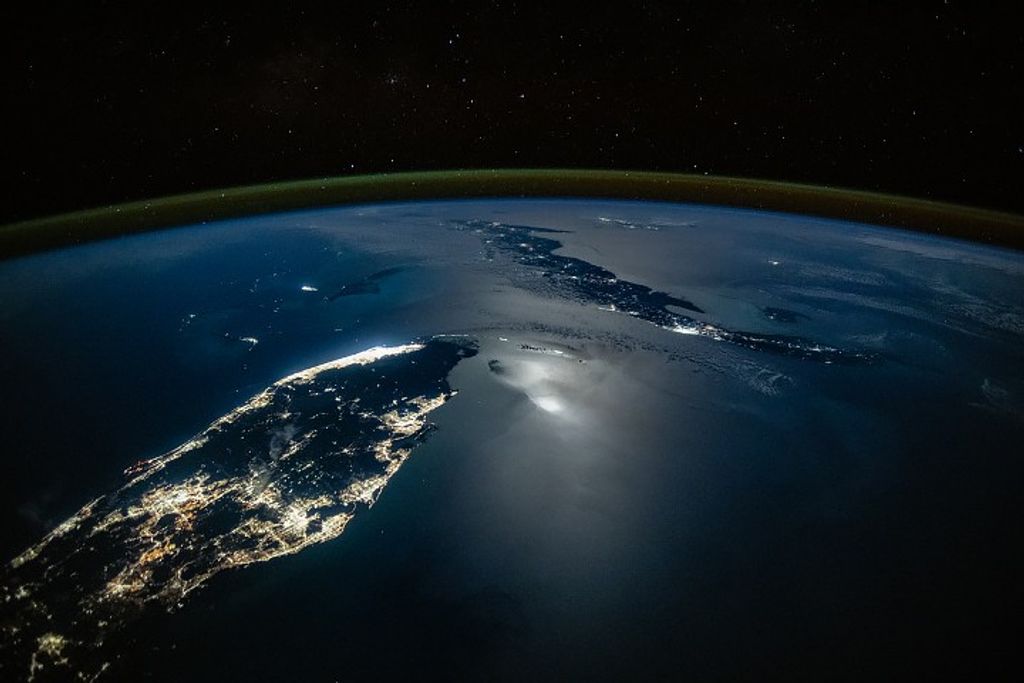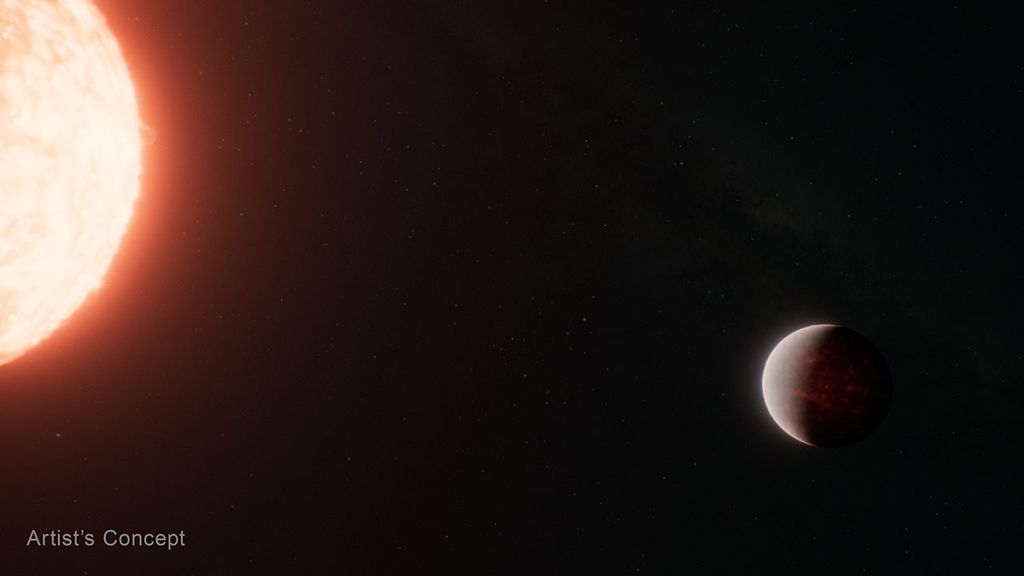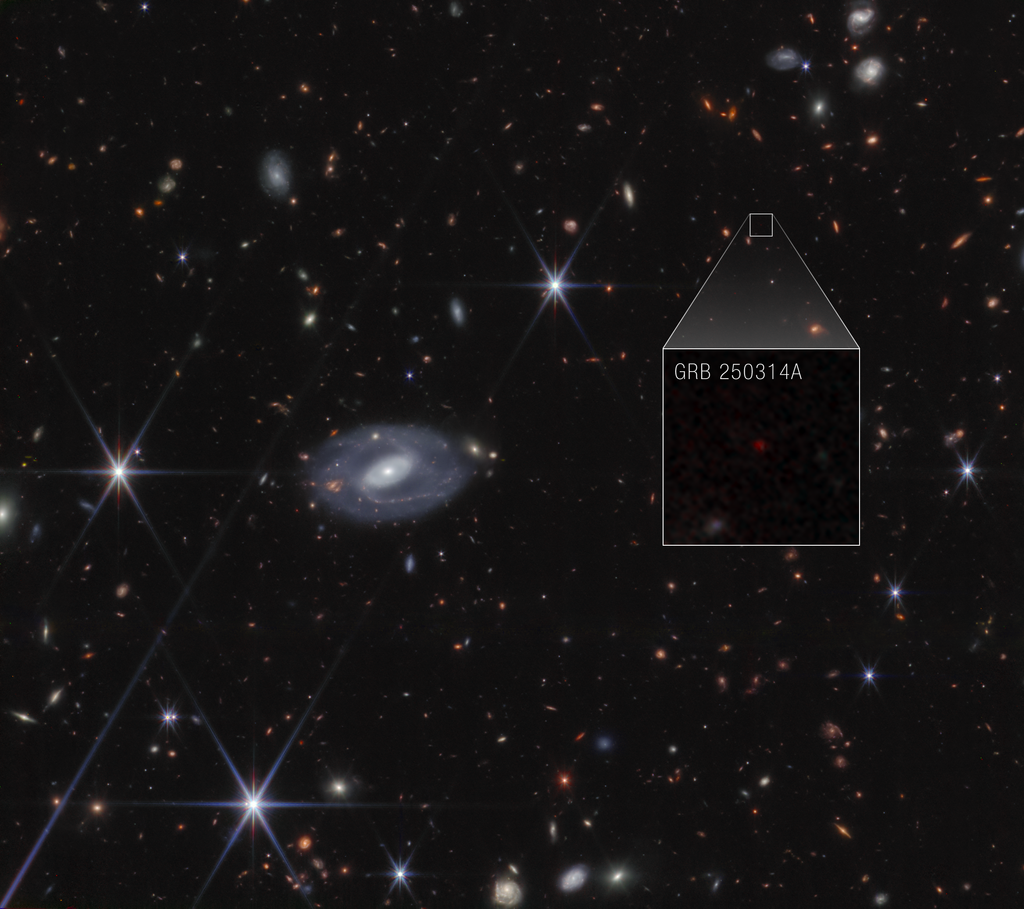1 min read
Comparison of G, K, and M Stars for Habitability

This infographic compares the characteristics of three classes of stars in our galaxy: Sunlike stars are classified as G stars; stars less massive and cooler than our Sun are K dwarfs; and even fainter and cooler stars are the reddish M dwarfs. The graphic compares the stars in terms of several important variables. The habitable zones, potentially capable of hosting life-bearing planets, are wider for hotter stars. The longevity for red dwarf M stars can exceed 100 billion years. K dwarf ages can range from 15 to 45 billion years. And, our Sun only lasts for 10 billion years. The relative amount of harmful radiation (to life as we know it) that stars emit can be 80 to 500 times more intense for M dwarfs relative to our Sun, but only 5 to 25 times more intense for the orange K dwarfs. Red dwarfs make up the bulk of the Milky Way's population, about 73%. Sunlike stars are merely 6% of the population, and K dwarfs are at 13%. When these four variables are balanced, the most suitable stars for potentially hosting advanced life forms are K dwarfs.
- Release DateJanuary 8, 2020
- Science ReleaseGoldilocks Stars Are Best Places to Look for Life
- Credit
Share
Details
Last Updated
Aug 17, 2025
Contact
Media
Claire Andreoli
NASA’s Goddard Space Flight Center
Greenbelt, Maryland
claire.andreoli@nasa.gov





























